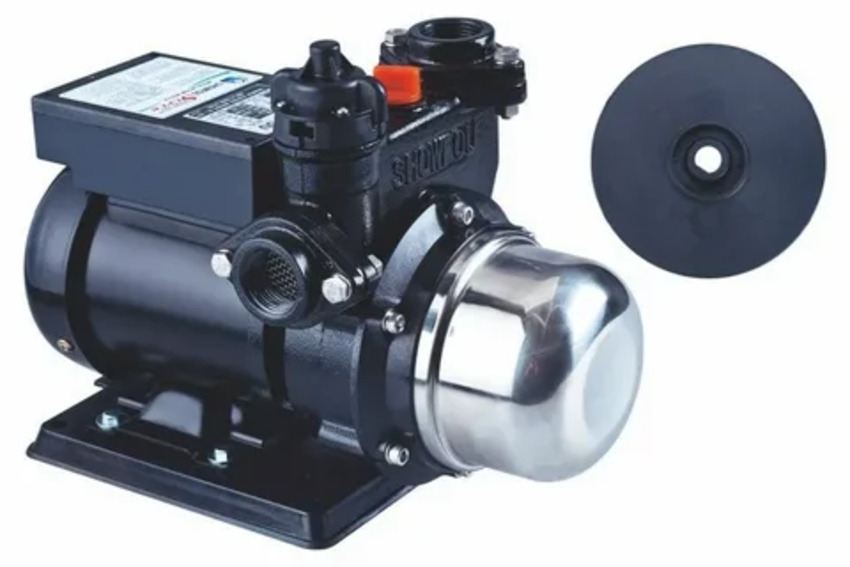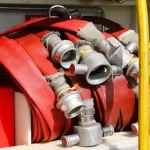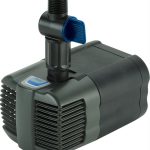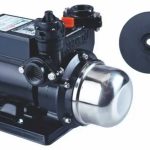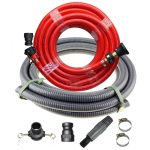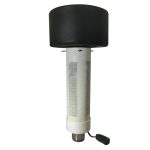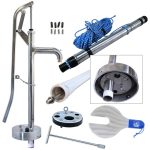The Problem with Traditional Pumps
A standard pump works in a simple but wasteful way. It turns on at full speed whenever pressure drops, then shuts off once pressure is back. This “stop and go” action uses more power than needed. It also stresses the pump motor, which can lead to more breakdowns and repair costs.
The Smart Design of Constant Pressure Pumps
A constant pressure boosting pump uses a variable speed drive (VSD) or variable frequency drive (VFD). This means the motor can run faster or slower depending on demand. If one tap is open, the pump runs slow. If multiple taps or showers are in use, the pump speeds up. This flexibility makes the system much more efficient.
The pump also includes pressure sensors that monitor water flow in real time. These sensors signal the motor to adjust its speed. The result is stable water pressure without wasted energy.

How It Saves Energy
Variable Speed Technology
The biggest reason a constant pressure pump saves energy is variable speed technology. Traditional pumps use full power every time, no matter if you need a little or a lot of water. Constant pressure pumps avoid this waste by matching motor speed to actual demand.
Fewer Start-Stop Cycles
A normal pump turns on and off hundreds of times a day. Every start cycle uses a burst of power. Constant pressure pumps run smoothly without so many stops and starts. This steady operation cuts down on energy spikes.
Less Strain Longer Life
Because the pump is not forced to work at maximum speed all the time, the motor and other parts last longer. This means fewer replacements and less waste. Indirectly, this is also an energy saving because making and shipping new pump parts requires energy too.
How It Reduces Bills
Lower Electricity Costs
Electric pumps are one of the hidden sources of high utility bills. By reducing wasted energy, a constant pressure pump brings down electricity use. Over a month or year, this can mean noticeable savings.
Reduced Repair and Service Costs
When a pump turns on and off too often, it wears down quickly. Parts like seals, motors, and switches need repair or replacement. Constant pressure pumps avoid this problem by running at balanced speeds. That means fewer service calls and lower repair bills.
Less Water Waste
When pressure goes up and down, it often causes hidden leaks or water splashing. Stable pressure keeps water flow smooth, so there is less waste. Over time, even small drops of saved water lower your utility costs.
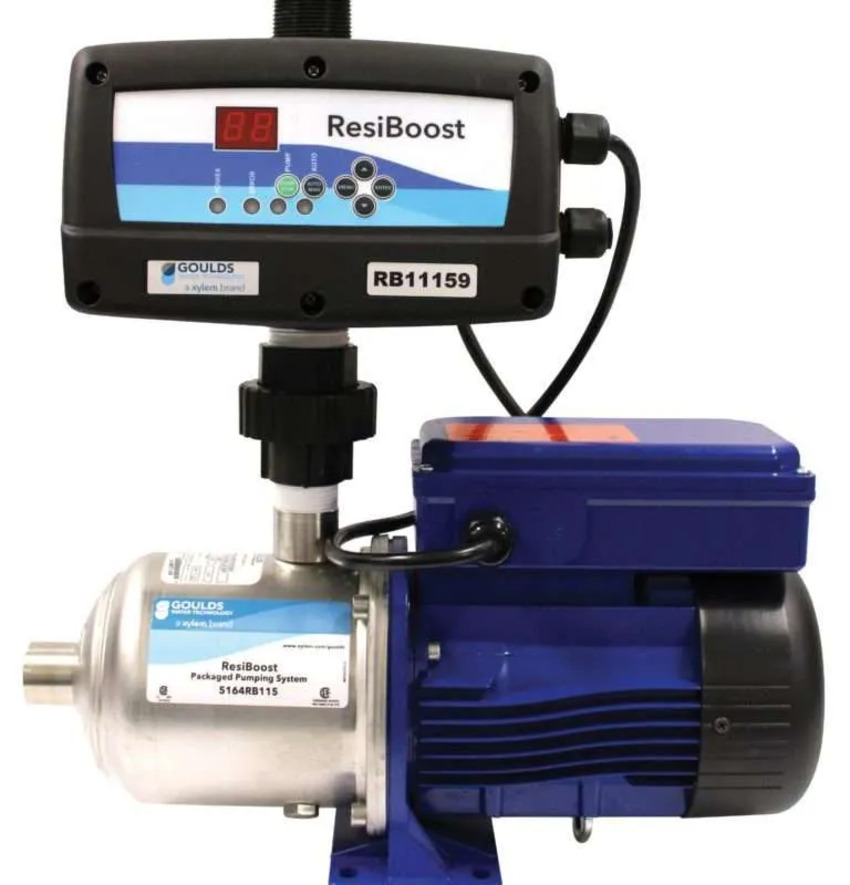
Where You Save the Most
Homes with High Demand
Families with many bathrooms, kitchens, and gardens can see big savings. A constant pressure pump means no more weak showers when someone else runs the tap. It keeps pressure stable without driving up electricity costs.
Businesses That Use Water Daily
Hotels, schools, restaurants, and gyms use water nonstop. In these places, pressure drops are not only annoying but also costly. A constant pressure pump ensures comfort for guests, students, and staff while cutting down on energy bills.
Industrial Applications
Factories and farms often need strong, steady water flow for machines or irrigation. A constant pressure system reduces downtime and keeps production running smoothly. In such cases, energy savings multiply because usage is much higher than in homes.
Example of Savings
Imagine a family home using a standard pump. Each time water is needed, the pump runs at full speed. Over a month, the pump uses 150 kWh of power. At an average cost of $0.15 per kWh, that is $22.50 per month.
Now, switch to a constant pressure boosting pump. Because it adjusts speed and avoids waste, it may use only 90 kWh per month. At the same rate, that is $13.50. This means a saving of $9 every month, or more than $100 per year.
For a business or farm, savings can be much higher, even hundreds of dollars each year.
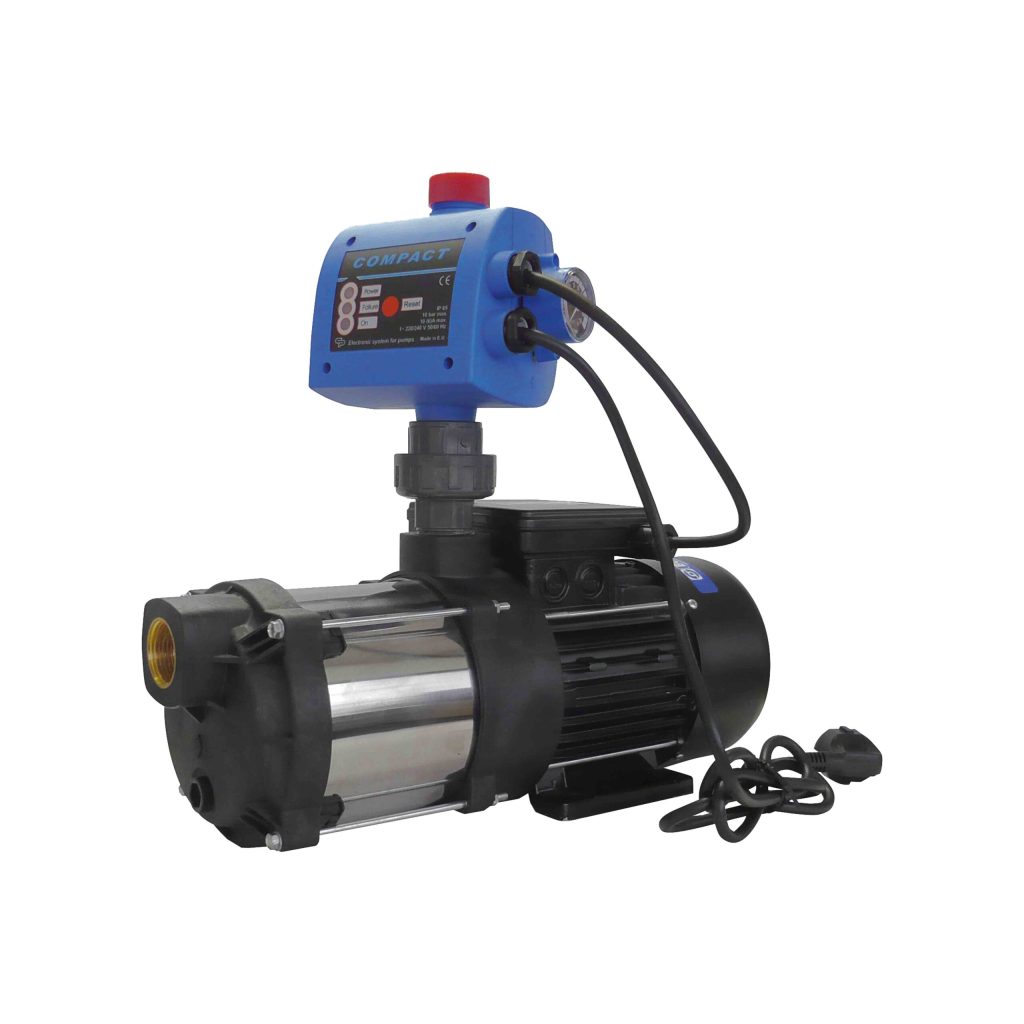
Long-Term and Green Benefits
Lower Carbon Footprint
Every kilowatt of energy saved also reduces greenhouse gas emissions. Using a constant pressure pump means you are not only cutting bills but also helping the planet.
Better System Health
Because the pump runs smoothly, it reduces strain on plumbing systems. Pipes, joints, and taps last longer under constant pressure. This lowers hidden costs in the long run.
Adding Property Value
Energy-saving systems are now a big plus in real estate. If you plan to sell or rent your property in the future, having a constant pressure boosting pump can make it more attractive to buyers and tenants.
FAQs
Does a constant pressure pump run all the time?
No. It only runs when you need water. The smart sensors make sure it speeds up or slows down based on demand.
How much money can I save?
Savings depend on how much water you use. A small family may save $100 a year, while a business or farm may save much more.
Is it hard to install?
Most modern pumps come with simple controllers and compact designs. A plumber can install it without much trouble.
Does it need regular service?
Yes, but less than a standard pump. With fewer starts and stops, parts wear out slower. Normal checks once or twice a year are usually enough.
Conclusion
A constant pressure boosting pump is more than just a comfort upgrade. It keeps water flow steady, saves energy, and lowers bills. By using smart technology, it avoids the waste that comes with old pumps. Whether you own a home, a business, or a farm, this pump is a wise investment.
In the short term, you will notice lower power use and steady water pressure. In the long term, you will save money, reduce maintenance, and even help the environment. If you want both comfort and savings, a constant pressure boosting pump is the right choice.

